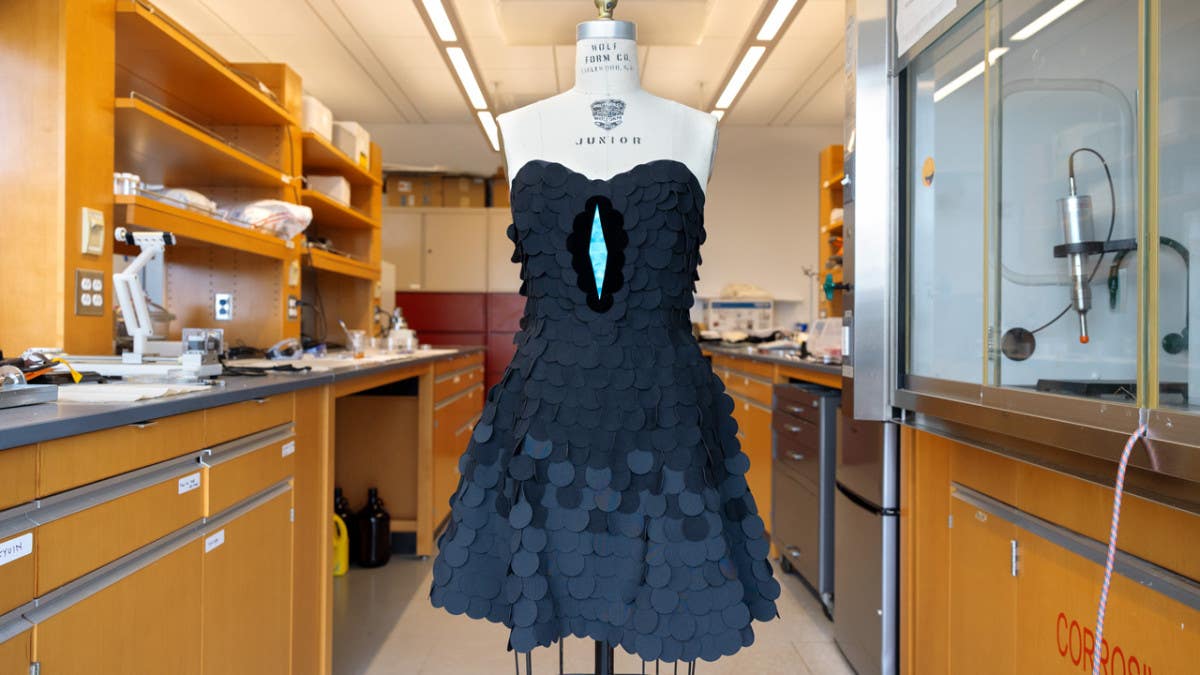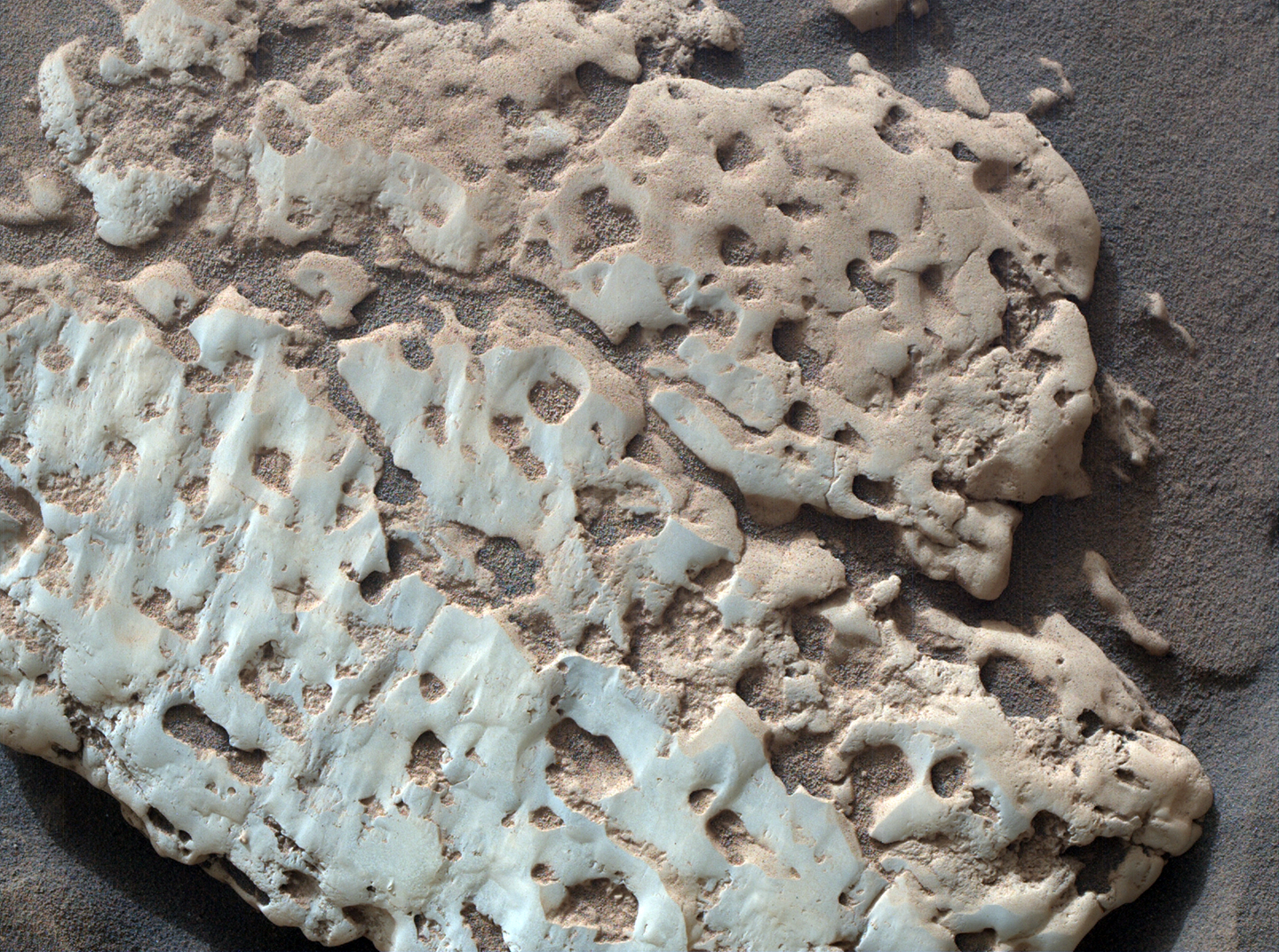Scientists harness cloud engineering as a powerful solution to global warming
Researcher at the University of Birmingham sheds light on the effectiveness of marine cloud brightening (MCB) in cooling the Earth’s climate

Researcher at the University of Birmingham sheds light on the effectiveness of marine cloud brightening (MCB) in cooling the Earth's climate. (CREDIT: Creative Commons)
A recent study published in Nature Geoscience by researchers at the University of Birmingham sheds light on the effectiveness of marine cloud brightening (MCB) in cooling the Earth's climate.
MCB, also known as marine cloud engineering, involves spraying tiny particles, called aerosols, into the atmosphere to increase cloud cover, thereby reflecting more sunlight back into space. This process accounts for 60-90% of the cooling effect associated with MCB.
Traditionally, models estimating the cooling effects of MCB have focused on the ability of aerosol injection to brighten clouds, leading to increased sunlight reflection.
However, the exact mechanisms behind how MCB creates a cooling effect and how clouds respond to aerosols remain poorly understood due to various factors such as fluctuating meteorological conditions.
Dr. Ying Chen from the School of Geography, Earth and Environmental Sciences at the University of Birmingham explains, "Marine cloud brightening could be more effective as a climate intervention than previously thought. However, it's important to note that while MCB may offer some benefits, it does not address the root causes of global warming stemming from human-generated greenhouse gases."
To delve deeper into this phenomenon, researchers conducted a "natural experiment" using aerosols emitted during the effusive eruption of Kilauea volcano in Hawaii.
By analyzing historic satellite and meteorological data using machine learning techniques, the team developed a predictor to understand how clouds behave during periods of volcanic inactivity. This predictor allowed them to isolate the impacts of volcanic aerosols on clouds.
Related Stories
The results revealed that cloud cover increased by up to 50% during volcanic activity, leading to a regional cooling effect of up to -10 W m-2.
Global heating and cooling are measured in watts per square meter, with negative values indicating cooling. For context, doubling CO2 levels would result in a warming effect of approximately +3.7 W m-2 on a global average.
Collaborating with universities and research institutions worldwide, including the Universities of Edinburgh, Reading, and Leeds, ETH Zurich in Switzerland, and the University of Maryland and NASA in the USA, the study underscores the potential of MCB as a climate intervention strategy.
The SO2 plumes observed by satellite in June and July 2018. The colour shows the SO2 (Dobson unit, DU) plume in the planetary boundary layer observed by Ozone Mapping and Profiler Suite sensor on the Suomi-NPP satellite. (CREDIT: Nature Geoscience)
However, it emphasizes the need for continued research to better understand aerosol-cloud interactions and the broader impacts and risks associated with MCB.
Dr. Ying Chen underscores the importance of viewing MCB as a temporary measure rather than a permanent solution, stating, "We must continue to improve our understanding of aerosol impacts on clouds, conduct further research on the global impacts and risks of MCB, and explore ways to decarbonize human activities."
Conceptual picture of volcanic aerosol plume interacts with shallow convective marine clouds, leading to increase of cloud cover, precipitation and more reflected solar radiation back to space. (CREDIT: Nature Geoscience)
The study coincides with growing interest in cloud engineering worldwide. In the UK, Research and Innovation has initiated a £10.5 million research program aimed at informing policymakers about solar radiation management approaches, including MCB.
Additionally, the Advanced Research and Invention Agency (ARIA) focuses on researching technologies for climate and weather management. Meanwhile, in the USA, researchers from the University of Washington conducted their first outdoor aerosol experiment from a decommissioned aircraft carrier in Alameda, California, demonstrating ongoing efforts to explore innovative climate intervention strategies.
For more science stories check out our New Discoveries section at The Brighter Side of News.
Note: Materials provided above by the The Brighter Side of News. Content may be edited for style and length.
Like these kind of feel good stories? Get the Brighter Side of News' newsletter.



